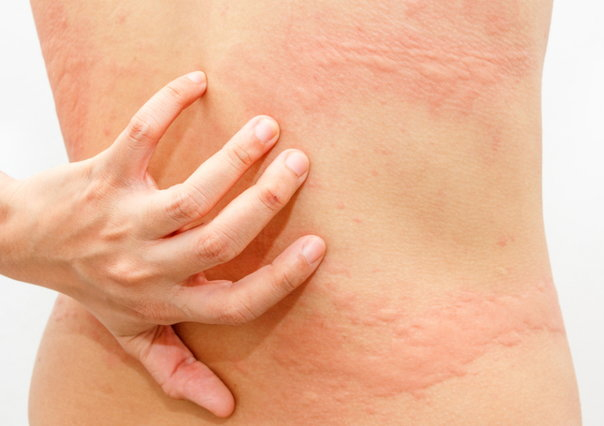

Necrotising fascitis is a severe bacterial infection where soft tissue is destroyed by the bacteria. It is also known as flesh eating infection. Flesh-eating disease occurs when bacteria enter the body through a break in the skin. People with a weakened immune system can be at greater risk of developing this condition. The condition spreads quickly.
RISK FACTORS INCLUDE:
SYMPTOMS INCLUDE
PREVENTION
Necrotizing fasciitis may be prevented with proper wound care and handwashing.
HOMOEOPATHIC TREATMENT:
Homoeopathy today is a rapidly growing system and is being practiced all over the world. It strength lies in its evident effectiveness as it takes a holistic approach towards the sick individual through promotion of inner balance at mental, emotional, spiritual and physical levels. When necrotizing fascitis is concerned there are many effective medicines available in Homoeopathy, but the selection depends upon the individuality of the patient, considering mental and physical symptoms.
Lachesis: Severe cases where “blood-poisoning” is marked: ‘low’ fevers, where blood-destruction or haemolysis is conspicuous, conditions called typhus-like (typhoid), or septic after parturition or autopsy wounds. Such conditions occur late in many fevers.
Milder cases, where vascular erethism is conspicuous-palpitation, hot flushes, sleeplessness. Such a state is frequent at the menopause or after arrest of physiological discharges or the sudden arrest of pathological discharges, and relieved by the restoration of them. Shock may cause such a state.
Though sensitive to either extremes of temperature, cases requiring Lachesis are chiefly noted for intolerance of hot weather, hot rooms, etc., especially of direct rays of the sun.
Arsenic: Tendency to rapidly proceed to a condition of malignancy, ie., diseases assume a grave form, to the destruction of tissue, to a general lowering of the vital forces, and haemolysis, ending, if not checked, in death. Another characteristic is prostration, a prostration that is out of proportion to the severity of the complaint. The patient is exhausted after the slightest exertion.
Silicea: Abscesses which do not break, but burrow under the skin; exanthemata in general which corrode and spread. Ulcers in general; wherever pus is discharged from any part of the body; ulcers burning, scabby; indolent; when circumscribed with redness; very high, hard ulcers; with proud flesh; with corroding pus; smell very offensive. Inflammation, softening(swelling), and ulceration of bones. Mild and malignant suppurations, esp. in membranous parts. Small wounds heal with difficulty, and suppurate profusely. Mental & Emotional: weak, nervous, easily irritated, faint-hearted; yielding, giving up disposition, “grit all gone.”
Arnica: Affects the venous system inducing stasis. Thrombosis. Haematocele. Ecchymoses and haemorrhages. Relaxed blood vessels, black and blue spots. Tendency to haemorrhage and low-fever states. Tendency to tissue degeneration, septic conditions, abscesses that do not mature.